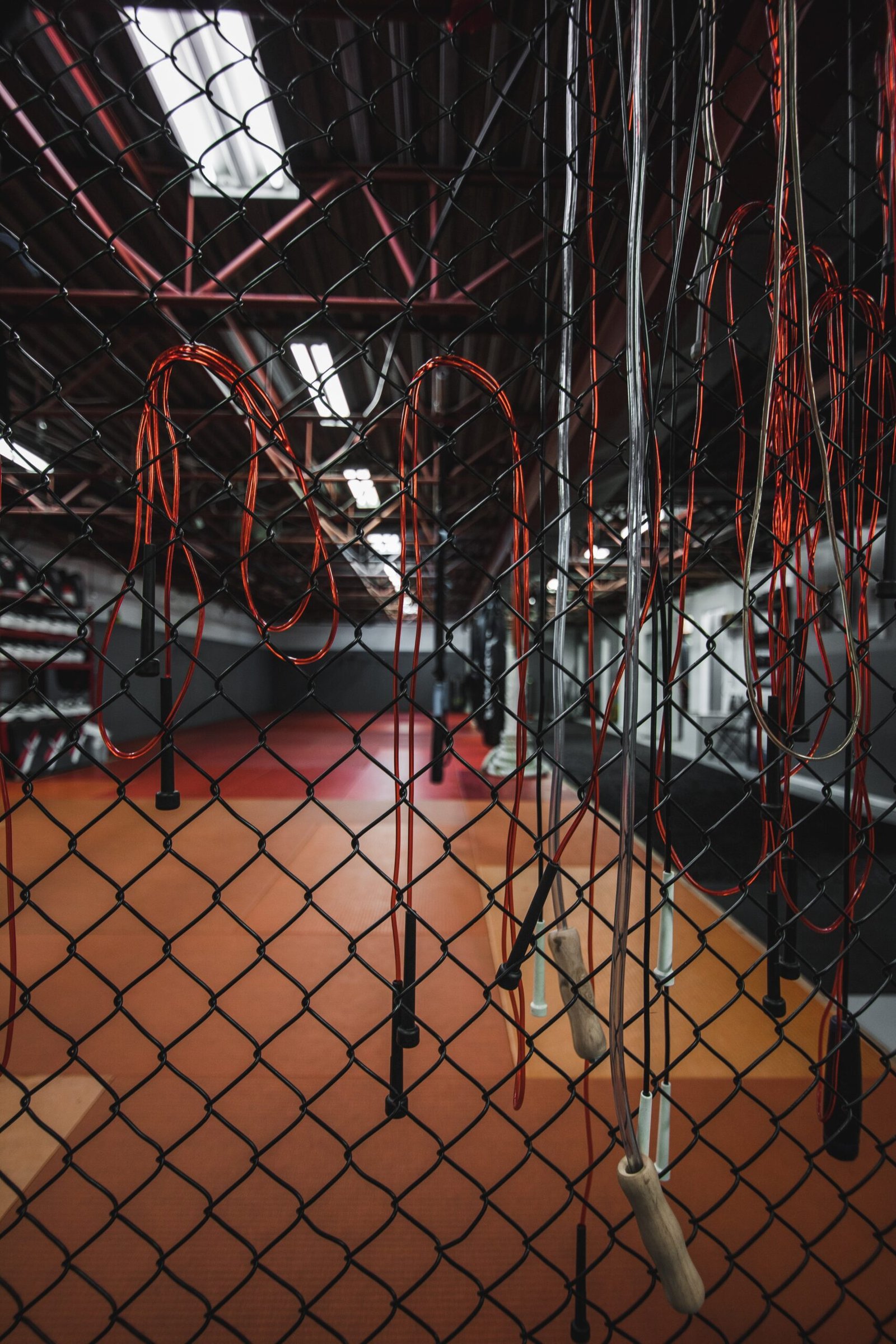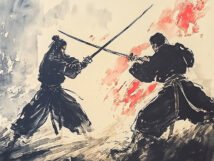Interested in learning about the exciting world of mixed martial arts? Look no further! In this article, we will provide you with a concise overview of what mixed martial arts is all about. From its origins to its modern-day popularity, we'll explore the various aspects of this dynamic combat sport. So, if you've ever wondered what goes on inside the octagon or what sets mixed martial arts apart from other combat sports, keep reading to satisfy your curiosity and discover the thrilling world of MMA.
History of Mixed Martial Arts
Mixed Martial Arts (MMA) is a combat sport that combines various martial arts disciplines and techniques. It has a rich history that extends back to ancient times, but it wasn't until the late 20th century that MMA began to take shape as a distinct sport. This article will explore the origins and development of MMA, key figures in the sport, its evolution, and more.
Origins of MMA
The roots of MMA can be traced back to ancient civilizations where combat arts were practiced for self-defense and military purposes. In ancient Greece, the sport of Pankration emerged, combining elements of boxing and wrestling. Similarly, various forms of martial arts developed in other parts of the world, like Muay Thai in Thailand and Brazilian Jiu-Jitsu in Brazil.
Development of MMA
The modern development of MMA can be attributed to the emergence of the UFC (Ultimate Fighting Championship) in 1993. The early UFC events featured fighters from different martial arts backgrounds competing against each other with minimal rules. These early events helped showcase the effectiveness of various styles and led to the development of new training methods and strategies.
Early MMA organizations
In addition to the UFC, other MMA organizations started to emerge in the late 1990s and early 2000s. Pride Fighting Championships in Japan and Bellator MMA in the United States became popular platforms for fighters to showcase their skills. These organizations played a crucial role in the growth and globalization of the sport.
Key figures in MMA
Over the years, numerous fighters have made significant contributions to the sport of MMA. From legendary figures like Royce Gracie, who popularized Brazilian Jiu-Jitsu in the early UFC events, to modern-day idols like Conor McGregor and Jon Jones, these athletes have captivated audiences around the world with their skills and personalities.
Evolution of the sport
As MMA continued to gain popularity, the sport underwent significant changes and grew more regulated. The introduction of weight classes, the adoption of the Unified Rules of MMA, and the development of safer equipment were all crucial steps towards making MMA a legitimate and widely accepted combat sport. Today, MMA is recognized as one of the fastest-growing sports globally.
Rules and Regulations
Unified Rules of MMA
The Unified Rules of MMA were established in 2001 to provide a standardized set of regulations for the sport. These rules cover areas such as permissible techniques, fouls, scoring, and fighter conduct. The unified rules aim to ensure the safety of the fighters while maintaining the excitement and competitiveness of the sport.
Weight classes
MMA features a system of weight classes that allows fighters to compete against opponents of similar size and weight. The weight classes range from the smallest division, Flyweight (up to 125 pounds), to the heavyweight division (over 205 pounds). This system ensures fair competition and reduces the risk of severe weight cutting practices.
Illegal techniques
While MMA allows a wide range of techniques, certain maneuvers are considered illegal due to their potential to cause severe injury. These include strikes to the groin, strikes to the back of the head, biting, hair pulling, and eye gouging. Fighters who employ illegal techniques can face penalties, such as point deductions or even disqualification.
Banned substances
To ensure fair competition and protect the athletes' health, the use of performance-enhancing drugs (PEDs) is strictly prohibited in MMA. Organizations like the UFC implement comprehensive drug testing programs to detect and deter the use of banned substances. Fighters who test positive for PEDs may face suspensions, fines, and damage to their reputation.
Referee and judging
MMA fights are overseen by referees who are responsible for ensuring fighter safety and enforcing the rules. Referees have the authority to stop a fight if they believe a fighter is unable to defend themselves or if they witness a violation of the rules. Judging in MMA involves scoring rounds based on effective striking, grappling, and control, taking into account factors like damage inflicted and octagon control.
Techniques and Disciplines
MMA encompasses a wide range of techniques and disciplines from various martial arts. Fighters who excel in multiple areas have a significant advantage inside the cage, as they can seamlessly transition from striking to grappling, and vice versa. Here are some of the key techniques and disciplines commonly employed in MMA.
Striking techniques
Striking techniques in MMA include punches, kicks, knees, and elbows. Fighters often utilize a combination of different striking styles, such as boxing, kickboxing, Muay Thai, and Taekwondo, to effectively attack their opponents while minimizing the risk of counterattacks.
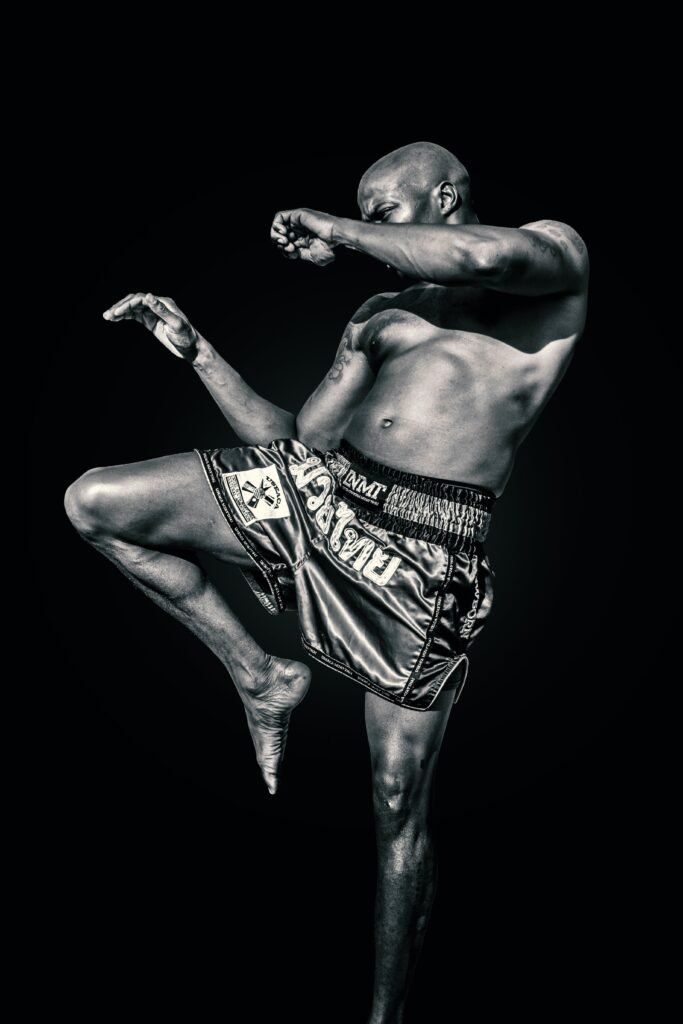
Grappling techniques
Grappling plays a crucial role in MMA, as it allows fighters to control their opponents on the ground and set up submission holds or ground and pound strikes. Wrestling, Brazilian Jiu-Jitsu, and Judo are among the grappling styles commonly used in MMA.
Submission holds
Submission holds, also known as submission holds, are techniques used to force an opponent to submit by applying pressure or causing pain. These holds typically target joints, such as arm locks and leg locks, or use choking techniques like rear-naked chokeholds and guillotine chokes.
Clinch fighting
The clinch is a close-range grappling position where fighters control each other's upper body. It allows for strikes, takedowns, and various grappling maneuvers. Clinching techniques are often utilized against the cage or in the center of the octagon to gain positional advantage or initiate takedowns.
Takedowns
Takedowns are used to bring the fight to the ground and gain a dominant position. Fighters utilize techniques from wrestling, Judo, and Sambo to execute takedowns effectively. Controlling the fight on the ground enhances the opportunity for strikes and submission attempts.
Training and Conditioning
To compete at the highest level in MMA, fighters must undergo rigorous training and conditioning programs. MMA training focuses on developing the athlete's physical attributes, improving cardiovascular fitness, strength and conditioning, skill development, and mental preparation.
Physical preparation
MMA fighters undergo intense physical training to build strength, power, speed, and endurance. They engage in activities like weightlifting, plyometrics, and circuit training to develop the necessary physical attributes required for the sport.
Cardiovascular fitness
MMA fights can last up to five rounds, each lasting five minutes, so cardiovascular fitness is essential for sustained performance. Fighters engage in high-intensity interval training (HIIT), long-distance running, and other cardiovascular exercises to improve their endurance and oxygen utilization.
Strength and conditioning
Strength and conditioning training play a crucial role in enhancing a fighter's overall performance. It involves a combination of resistance training, functional exercises, and bodyweight movements to develop explosive power, muscular endurance, and core stability.
Skill development
MMA fighters dedicate hours to honing their skills in various martial arts disciplines. They train in striking techniques, grappling drills, submission holds, and takedowns to become well-rounded fighters capable of adapting to different styles and situations inside the cage.
Mental preparation
Mental preparation is equally important in MMA. Fighters need to develop mental toughness, focus, and the ability to react under pressure. They often incorporate mental exercises, visualization techniques, and sports psychology strategies to enhance their mental fortitude.
Prominent MMA Organizations
MMA's popularity has surged over the years, thanks in large part to prominent organizations that showcase top-level talent and exciting fights. Here are some of the most well-known MMA organizations:
Ultimate Fighting Championship (UFC)
The UFC is the largest and most prestigious MMA organization globally. It has been instrumental in the growth and mainstream acceptance of the sport. The UFC holds events all around the world, featuring the best fighters from different weight classes.
Bellator MMA
Bellator MMA is another major MMA promotion with a strong following. Known for its exciting tournaments and diverse roster of fighters, Bellator provides fierce competition to the UFC. It has established itself as a platform for up-and-coming fighters to make a name for themselves.
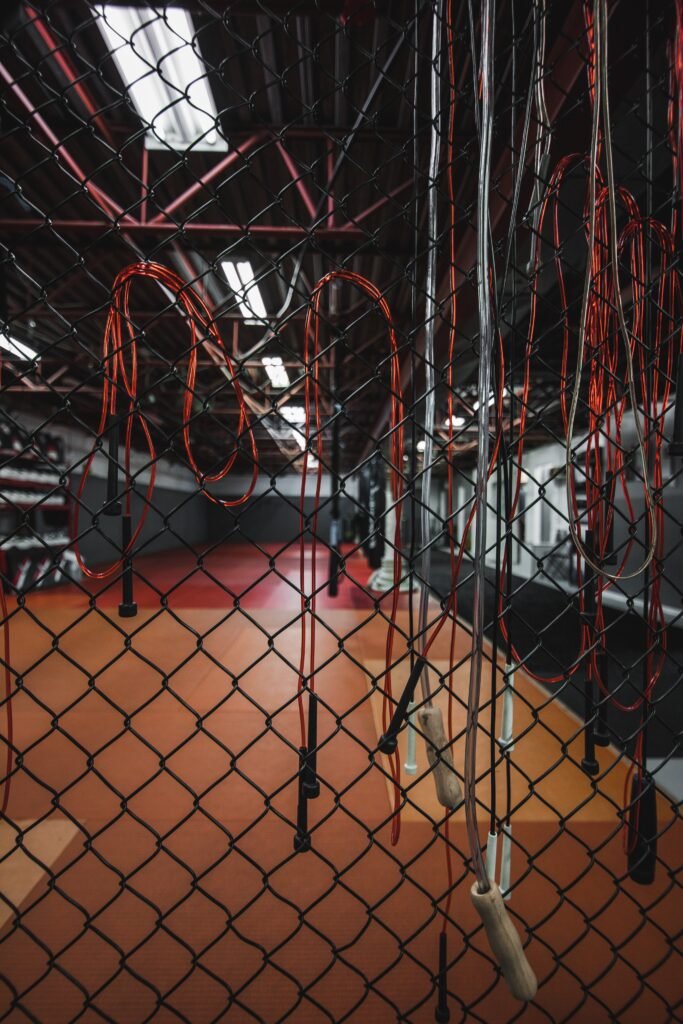
ONE Championship
ONE Championship is Asia's largest MMA organization and has a considerable following in the Asian continent. Known for its martial arts spectacle, ONE Championship promotes not only MMA but also showcases other traditional martial arts like Muay Thai, Karate, and Wushu.
Professional Fighters League (PFL)
The PFL operates on a unique format, featuring regular-season fights, playoffs, and a championship tournament with significant prize money. This organization provides a compelling platform for fighters to compete in a formatted league format.
Cage Warriors
Cage Warriors is a major MMA organization based in Europe. It has a reputation for generating top-tier talent and has served as a launching pad for many fighters who eventually made it to the UFC. Cage Warriors events are highly regarded in the European MMA scene.
Famous MMA fighters
MMA has produced some truly legendary fighters who have left a lasting impact on the sport. Here are a few famous names in the MMA world:
Anderson Silva
Anderson Silva, also known as "The Spider," is widely regarded as one of the greatest fighters in MMA history. With his devastating striking skills and unmatched precision, Silva held the UFC Middleweight Championship for a record-breaking 2,457 days.
Georges St-Pierre
Georges St-Pierre, often referred to as "GSP," is a Canadian MMA legend. He is known for his versatility and well-rounded skill set. St-Pierre held the UFC Welterweight Championship and successfully defended it nine times, cementing his legacy as one of the sport's all-time greats.
Jon Jones
Jon Jones, also known as "Bones," is recognized for his dynamic fighting style and exceptional talent. He became the youngest champion in UFC history and successfully defended the Light Heavyweight Championship multiple times. Despite facing personal challenges, Jones remains a force to be reckoned with in the Octagon.
Conor McGregor
Conor McGregor is undoubtedly one of the most recognizable figures in MMA. With his charismatic personality and trash-talking skills, McGregor transcended the sport's boundaries and became a global superstar. Known for his explosive knockout power, McGregor held both the Featherweight and Lightweight Championships simultaneously.
Fedor Emelianenko
Fedor Emelianenko, known as "The Last Emperor," is a heavyweight legend in MMA. His stoic demeanor and dominant fighting style made him an icon in the sport. Emelianenko had an impressive winning streak and competed against some of the most renowned heavyweights in MMA history.
Impact and Popularity
Global reach
MMA's popularity has soared worldwide, with the sport gaining a massive following across continents. The UFC, in particular, has played a significant role in bringing MMA to a global audience through its consistent promotion and extensive international events.
Crossover athletes
One of the factors contributing to MMA's popularity is the attraction of crossover athletes from other sports. It is not uncommon to see athletes from disciplines like professional wrestling, boxing, and even American football try their hand at MMA, attracting fans from their respective sports.
Female fighters in MMA
Women have played an instrumental role in shaping the landscape of modern MMA. The rise of female fighters like Ronda Rousey, Cris Cyborg, and Amanda Nunes has brought increased attention and respect to women's MMA, showcasing their exceptional skills and captivating performances.
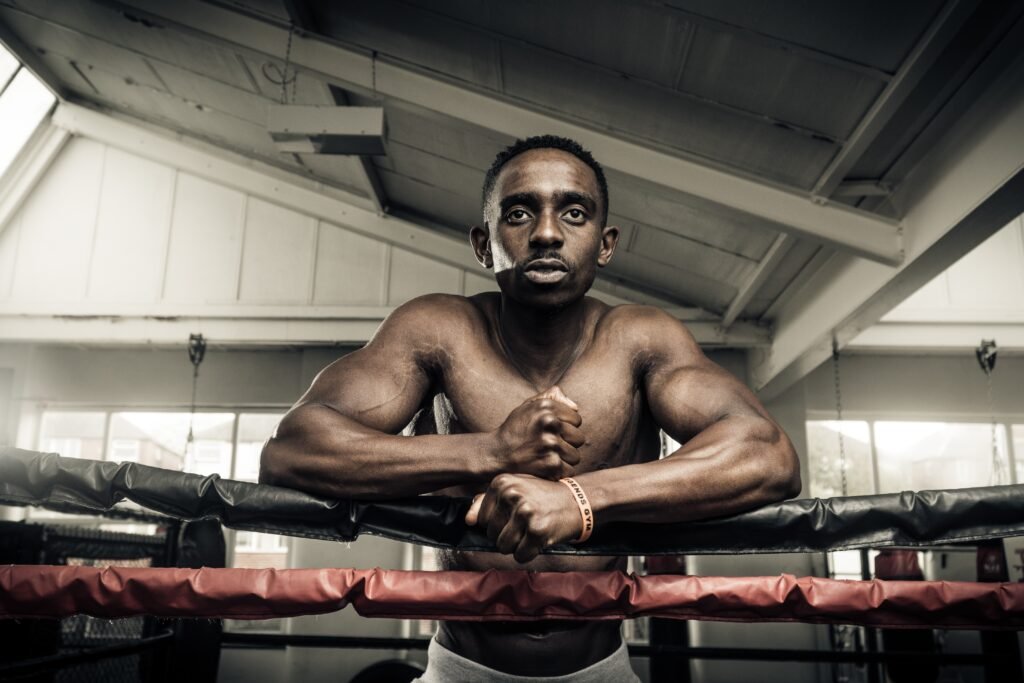
Media coverage
The mainstream media's coverage of MMA has expanded significantly in recent years, contributing to its surge in popularity. MMA events are now regularly featured on major television networks, and dedicated MMA news websites and programs provide constant updates and analysis.
Pay-per-view sales
MMA's popularity is reflected in the success of pay-per-view (PPV) sales for major events. The UFC's biggest fights have generated millions of PPV buys, demonstrating the immense fanbase and the desire to watch high-level MMA competition.
Controversies and Criticisms
Violence and injuries
As with any combat sport, MMA is not without its controversies and criticisms. Critics argue that the violence inherent in the sport can lead to severe injuries for the athletes. However, significant efforts have been made to improve fighter safety through rule changes, medical protocols, and advancements in protective gear.
Long-term health effects
Another concern surrounding MMA is the potential long-term health effects on fighters. Repeated blows to the head and the cumulative impact of fights can lead to neurological conditions later in life. Organizations like the UFC have taken steps to enhance fighter health and safety protocols, including extensive medical examinations and monitoring.
Performance-enhancing drugs
Like other professional sports, MMA has had its fair share of issues with performance-enhancing drugs (PEDs). The use of PEDs can undermine the integrity of the sport and pose significant health risks to the fighters. Rigorous drug testing programs have been implemented to deter and detect PED usage.
Lack of regulation in some regions
While MMA is regulated in many countries, there are still regions where it operates in a regulatory gray area. This lack of regulation can lead to unethical practices, including mismatches, inadequate safety protocols, and insufficient fighter payment. Organizations and governing bodies continue to work towards establishing consistent regulations worldwide.
Role of promotions in fighter pay
The compensation of MMA fighters has also been a subject of criticism. Some argue that fighters are not adequately compensated for their efforts, especially at the lower levels of the sport. The distribution of revenue between the promotion and the fighters has been a point of contention, and debates continue on how to ensure fairer compensation.
MMA Training Facilities and Gyms
Importance of proper training facilities
Training facilities and gyms are essential for the development of MMA fighters. These facilities provide the space, equipment, and coaching necessary to hone the fighters' skills and prepare them for competition. They also create a supportive environment where fighters can train alongside like-minded individuals.
Well-known MMA gyms
Several well-known MMA gyms have produced successful fighters and become synonymous with excellence in training. Examples include American Top Team, Jackson Wink MMA Academy, AKA (American Kickboxing Academy), and Tristar Gym. These gyms offer world-class coaching and training programs, attracting fighters from around the globe.
Coaches and trainers
Coaches and trainers in MMA play a vital role in guiding fighters throughout their careers. They provide technical instruction, develop training programs, and offer guidance on strategy and game plan. Experienced coaches and trainers can help fighters reach their full potential.
Benefits of training at a gym
Training at a reputable MMA gym offers numerous benefits for fighters. They gain access to a variety of training partners, allowing them to sharpen their skills against different styles and abilities. The gym environment fosters camaraderie, support, and healthy competition among fighters, contributing to their growth and development.
Equipment and facilities
MMA training requires specific equipment and facilities designed to support the fighters' needs. These include punching bags, grappling dummies, wrestling mats, cages or rings, and strength and conditioning equipment. High-quality equipment and proper facilities ensure the safety and efficient training of MMA fighters.
MMA as a Martial Art
Incorporation of different styles
MMA's essence lies in its versatility and the incorporation of various martial arts styles. It emphasizes the effectiveness of combining different techniques from striking arts like boxing and Muay Thai, grappling arts like Brazilian Jiu-Jitsu and wrestling, and throws from disciplines like Judo and Sambo.
Adaptability and versatility
MMA's adaptability and versatility are what make it such a unique and dynamic martial art. Fighters must be able to adjust their strategies and techniques in response to their opponents' strengths and weaknesses. The ability to switch seamlessly between striking and grappling is vital to success in the sport.
Philosophy and values
MMA promotes values such as discipline, respect, perseverance, and humility. The rigorous training required in MMA teaches fighters valuable life skills and helps them cultivate mental and physical attributes that extend beyond the Octagon. MMA is not merely about physical abilities; it is also about personal growth and self-improvement.
Martial arts principles in MMA
Despite the inherent competitiveness of MMA, many martial arts principles remain at its core. Respect for one's opponent, self-discipline, and the pursuit of continual self-improvement are all fundamental principles that MMA fighters embody. These principles help foster a deep appreciation for the martial arts and their cultural heritage.
Benefits of practicing MMA
Practicing MMA offers numerous benefits, both physical and mental. MMA training provides a full-body workout, improving strength, endurance, agility, and flexibility. It also enhances mental toughness, self-confidence, and discipline. Additionally, MMA provides a unique avenue for personal expression and artistic creativity through the development of personalized fighting styles.
In conclusion, the history of Mixed Martial Arts is rich and multifaceted. From its ancient origins to the modern-day sport, MMA has evolved into a global phenomenon. With its combination of striking and grappling techniques, regulations and safety protocols, and the dedication of fighters and trainers, MMA has become a highly respected and popular combat sport. As it continues to grow and captivate audiences worldwide, MMA's impact on the martial arts landscape is undeniable.
